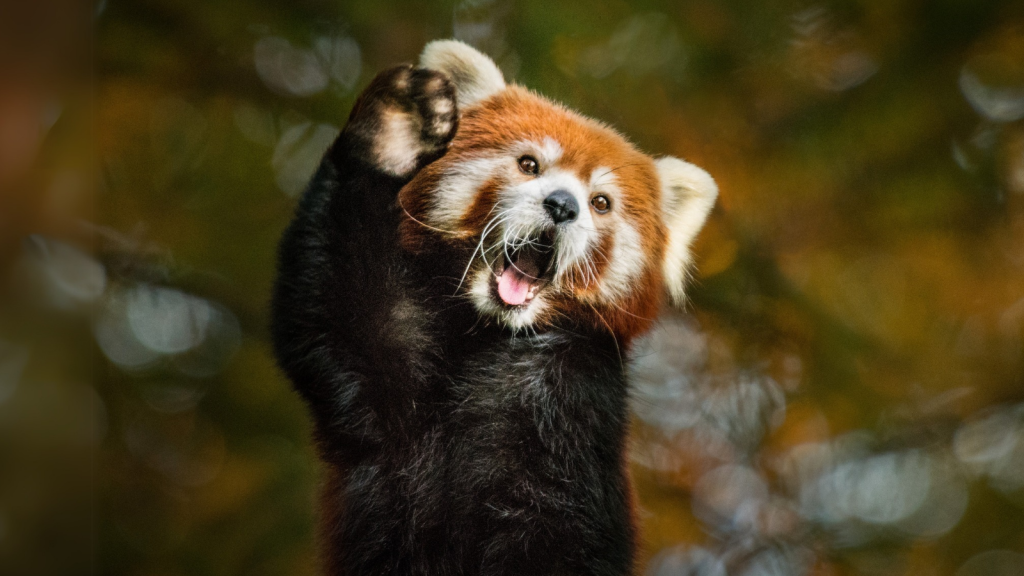Red pandas are some of the most charming creatures you’ll ever see. With their rust-coloured fur and raccoon-like faces, these tree-dwelling mammals are a favourite among animal lovers. But there’s more to these adorable creatures than meets the eye. From their unusual diet to their surprising family tree, red pandas are full of surprises. So, grab a cuppa and get ready to discover some fascinating facts about these endearing animals that might just make you fall in love with them even more.
They’re Not Actually Pandas
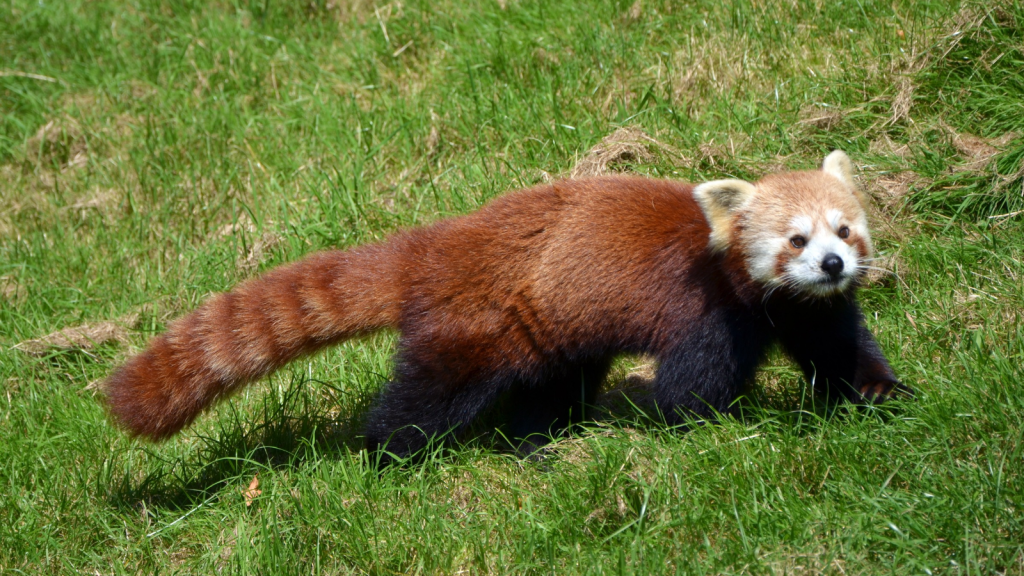
Despite their name, red pandas aren’t closely related to giant pandas. They belong to their own unique family, Ailuridae, and are more closely linked to raccoons and weasels. This confusion stems from their shared bamboo diet and habitat with giant pandas. In fact, red pandas were discovered and named about 50 years before the giant panda, making them the original pandas.
Their Thumbs Are Actually Wrist Bones

Red pandas have a false thumb, which is actually an extended wrist bone. This adaptation helps them grip bamboo stems and tree branches with ease. It’s a clever bit of evolution that allows them to be expert climbers and bamboo munchers. This pseudo-thumb is so effective that it can oppose the other five fingers, giving red pandas an almost hand-like grip.
They’re Antimicrobial Experts
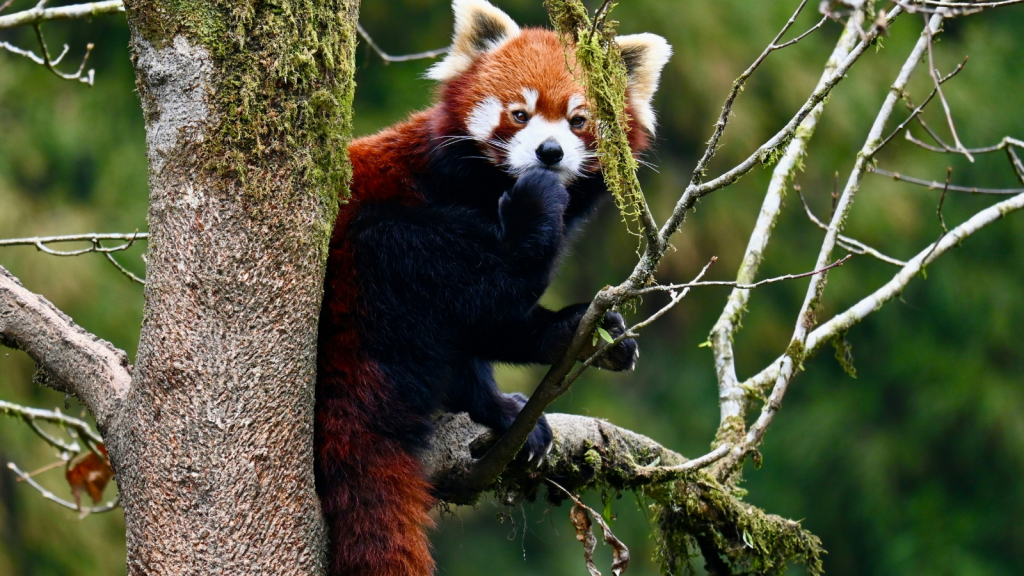
Red pandas have a peculiar habit of covering their paws and fur with their saliva. Scientists believe this behaviour might help protect them from harmful bacteria and fungi in their environment. It’s like they have their own natural hand sanitiser! This grooming habit may also help regulate their body temperature in their cool mountain habitats.
They’re Skilled Nappers
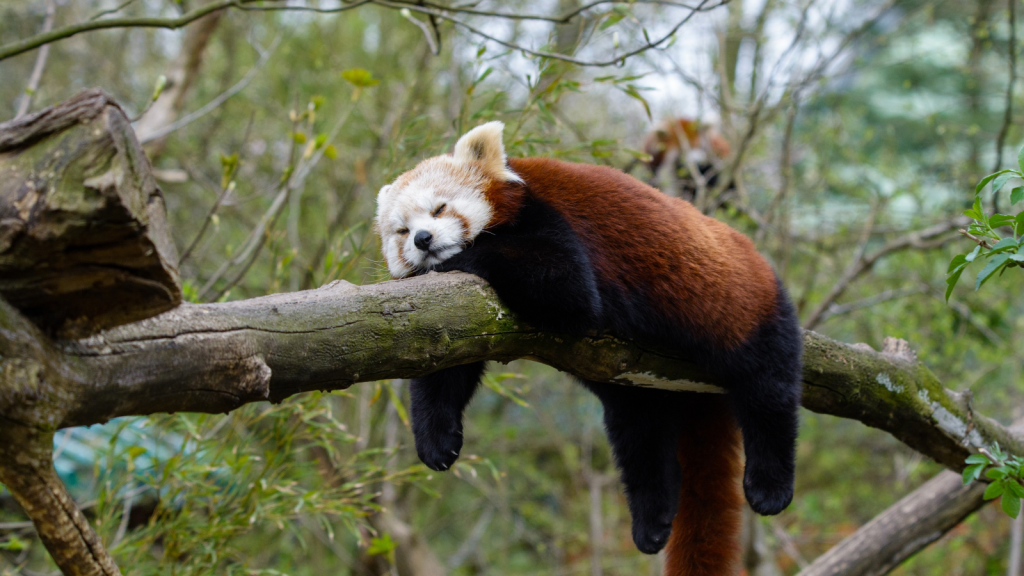
These fluffy creatures are masters of the cat nap. Red pandas can sleep for up to 17 hours a day, often draped over tree branches in the most adorable poses. They’re most active at dawn and dusk, making them crepuscular animals. This sleeping pattern helps them conserve energy, which is crucial given their low-calorie bamboo diet.
They Have a Sweet Tooth
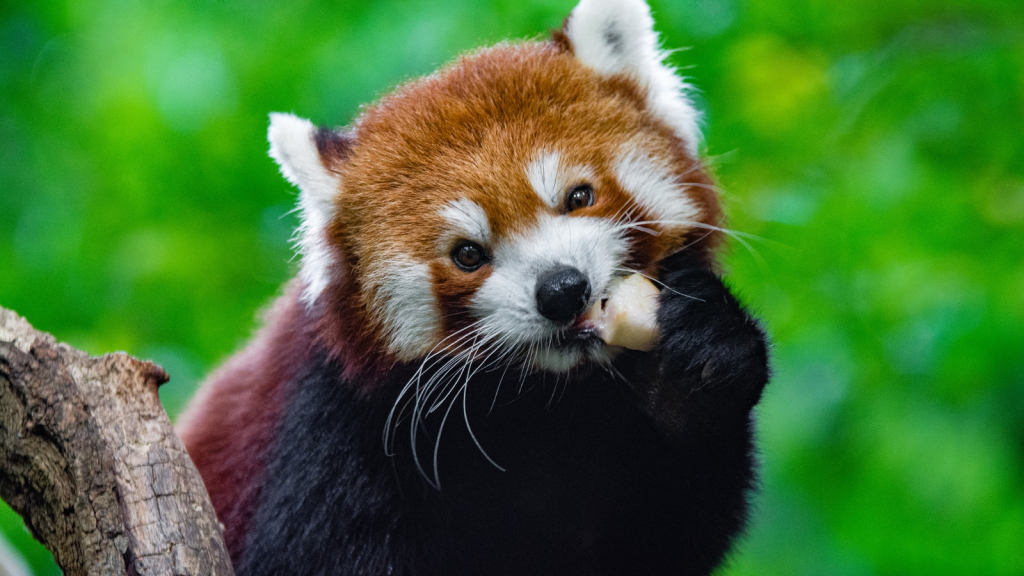
Unlike many other animals, red pandas can taste artificial sweeteners. This unique ability is shared with primates, including humans. It’s thought this trait might help them identify ripe fruits in the wild. This sweet sensitivity might also explain why red pandas in zoos have been known to enjoy sweet treats like grapes and apples as occasional snacks.
They’re Excellent Camouflage Artists
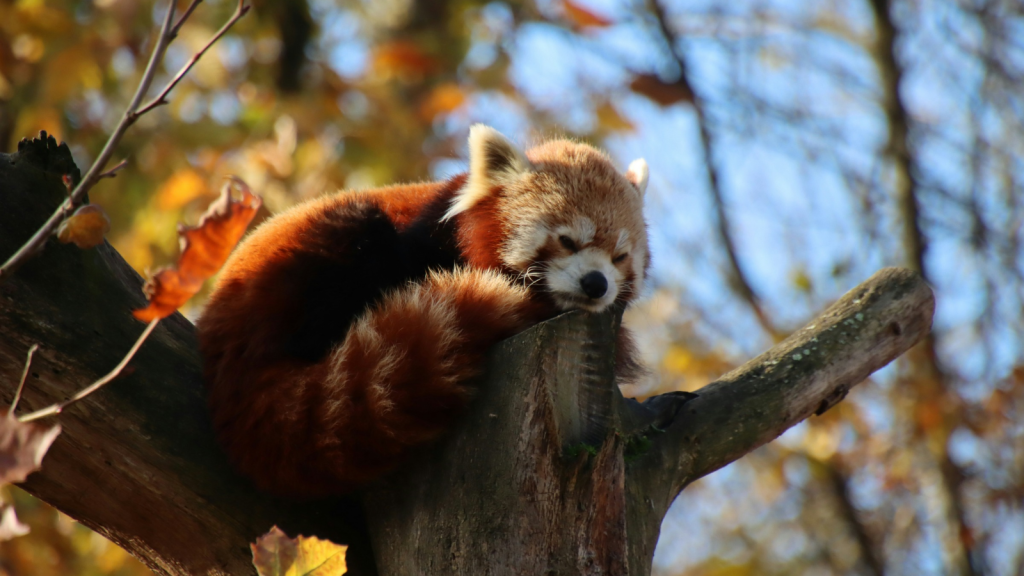
The red panda’s rusty fur isn’t just for show. It provides excellent camouflage among the reddish-brown moss and white lichens that grow on the trees in their habitat. This clever disguise helps them avoid predators and surprise unsuspecting insects. The black on their belly also helps break up their outline when viewed from below, further enhancing their camouflage.
They Have Retractable Claws
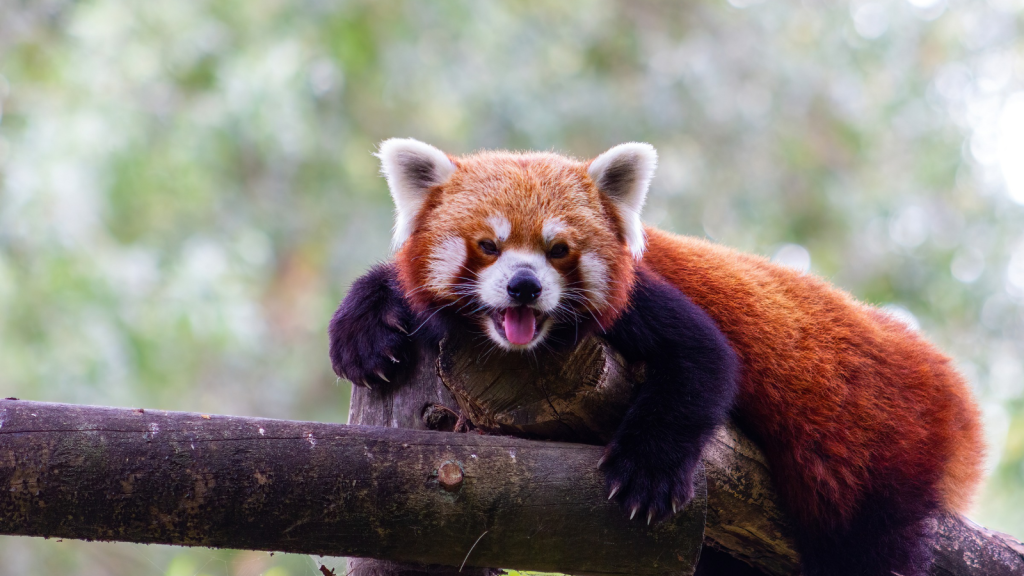
Like cats, red pandas have retractable claws. This feature allows them to climb trees with ease and keeps their claws sharp for when they need them. It’s just one of the many adaptations that make them perfectly suited to their arboreal lifestyle. These sharp claws also come in handy when they need to defend themselves against predators.
They’re Master Acrobats
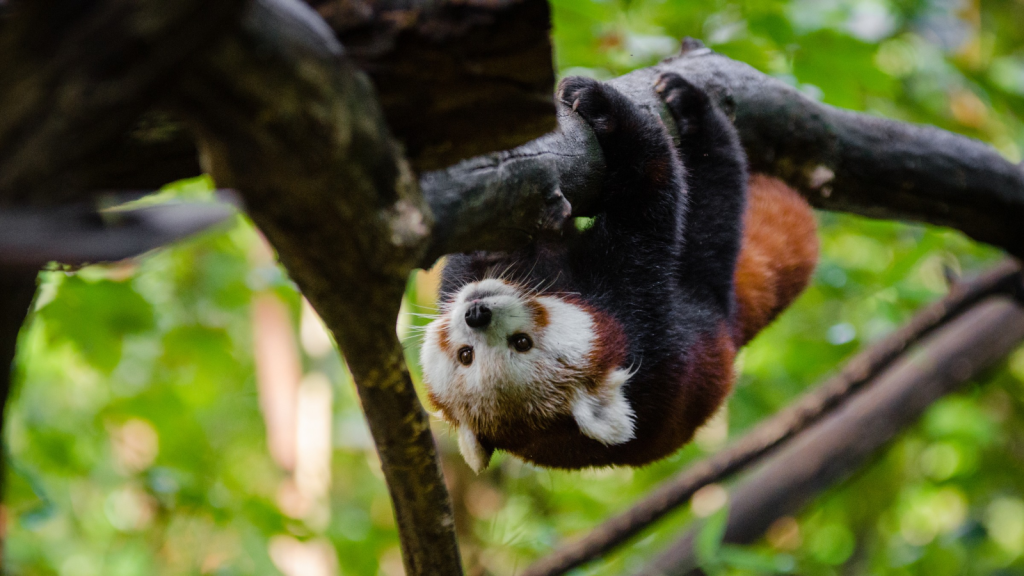
Red pandas are incredibly agile. They can easily climb head-first down tree trunks and even perform somersaults on branches. This acrobatic skill helps them navigate their treetop homes and escape potential threats. They can also run at speeds of up to 24 miles per hour on the ground, despite spending most of their time in trees.
They Have a Built-In Fur Coat
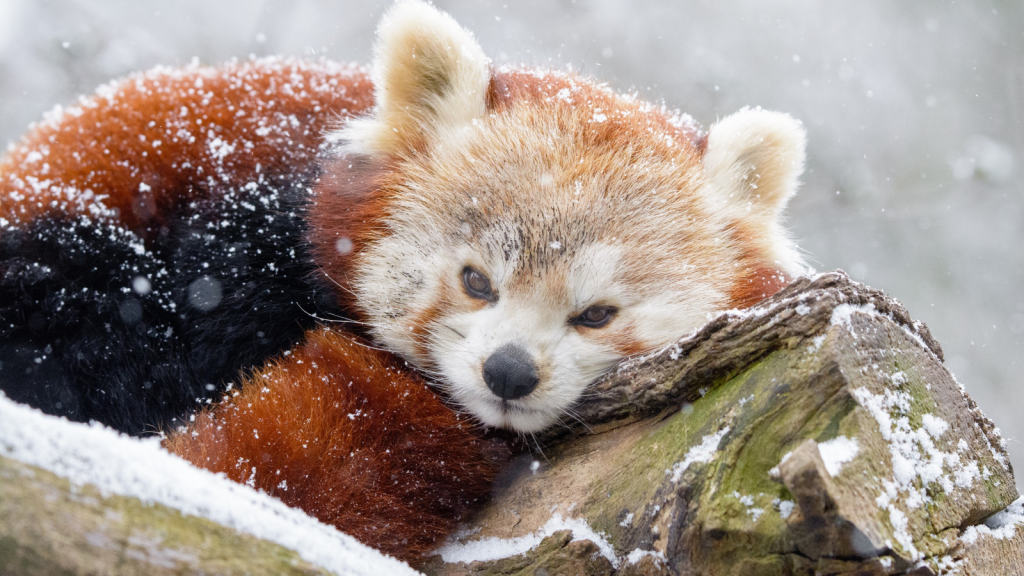
Red pandas have thick, woolly fur that keeps them warm in their chilly mountain habitats. Their fluffy tails act like a warm wrap, which they curl around themselves when sleeping. It’s like having a built-in blanket! This dense fur also helps them stay dry in the misty, rainy forests where they live.
They’re Surprisingly Vocal
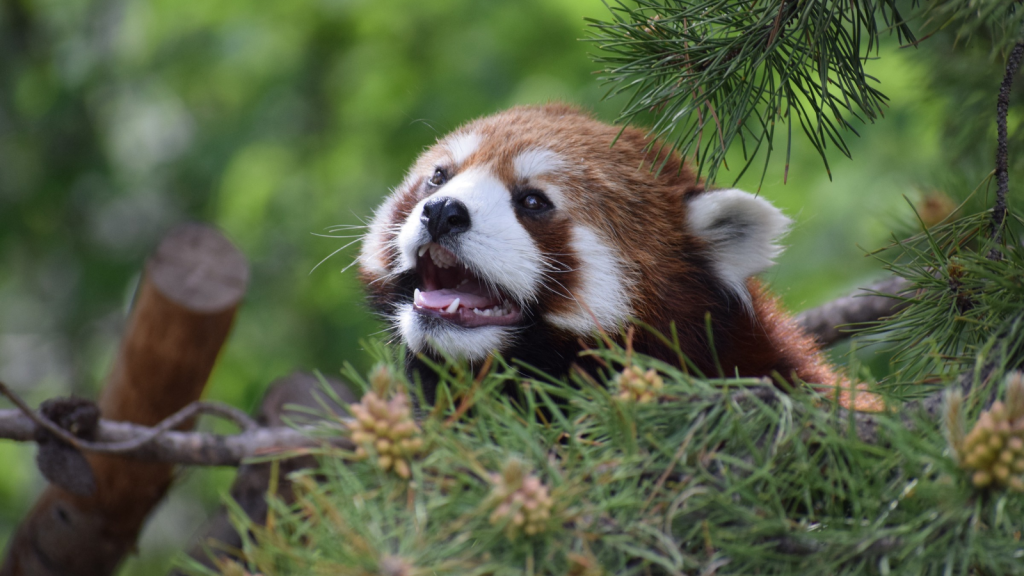
Despite their small size, red pandas have a wide range of vocalisations. They can chirp, twitch, and even emit a sound similar to a bird’s twitter. During mating season, they’ve been known to whistle and make a curious noise called a ‘huff-quack’. They also use scent marking and body language to communicate with each other.
They’re Solitary Souls
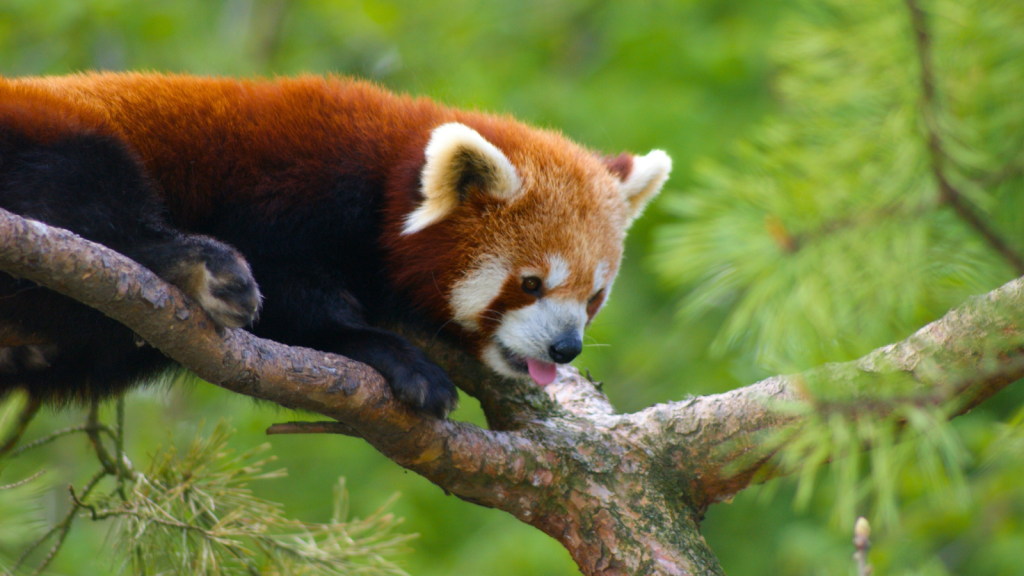
Red pandas are generally solitary creatures, only coming together during mating season. They mark their territories with scent glands and spend most of their time alone in the trees. It’s a bit like having your own treehouse all to yourself! This solitary nature helps reduce competition for food in their habitat.
They’re Picky Eaters
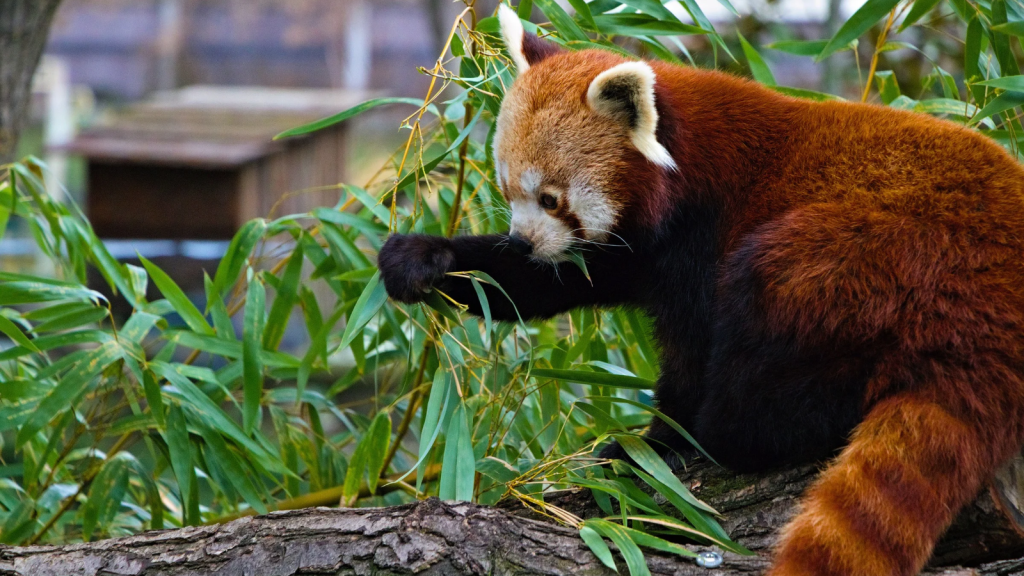
While bamboo makes up about 95% of their diet, red pandas are actually omnivores. They occasionally snack on eggs, birds, and small mammals. However, they’re quite fussy eaters and will only eat the most tender bamboo shoots and leaves. Their specialized wrist bone and sharp molars are perfectly adapted for stripping bamboo leaves from stalks.
They Have Night Vision
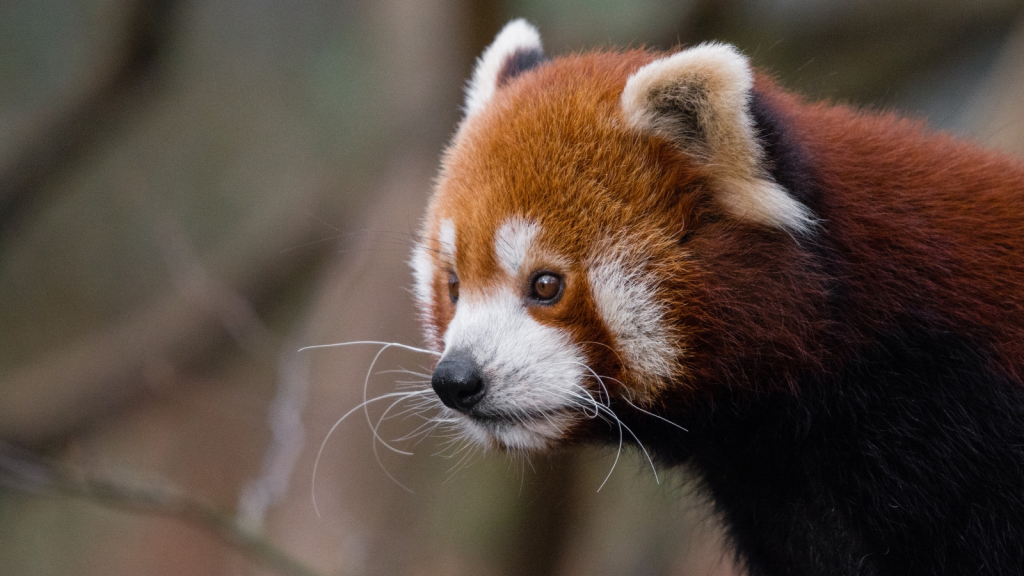
Red pandas have excellent night vision, thanks to a reflective layer in their eyes called the tapetum lucidum. This adaptation allows them to navigate through the forest canopy even in low light conditions. It’s like having built-in night-vision goggles! This nocturnal ability also helps them avoid predators and hunt for food during the safer nighttime hours.
They’re Excellent Climbers from Birth
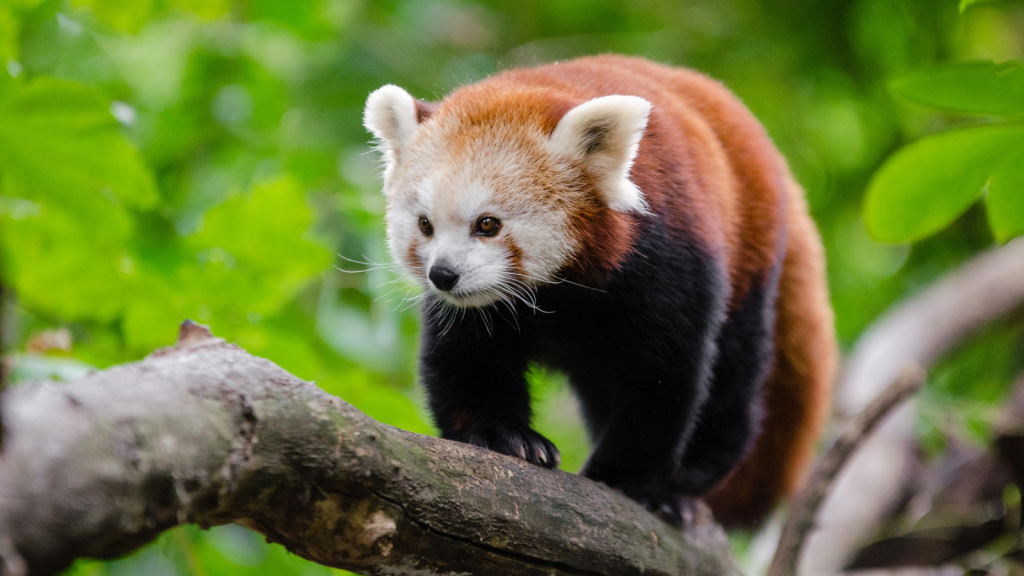
Baby red pandas, called cubs, start climbing trees as early as 90 days old. They’re born with sharp claws that help them cling to their mother’s fur and quickly develop the skills needed for their treetop lifestyle. Cubs stay with their mothers for about a year, learning essential survival skills before venturing out on their own.
They’re Firefox’s Inspiration
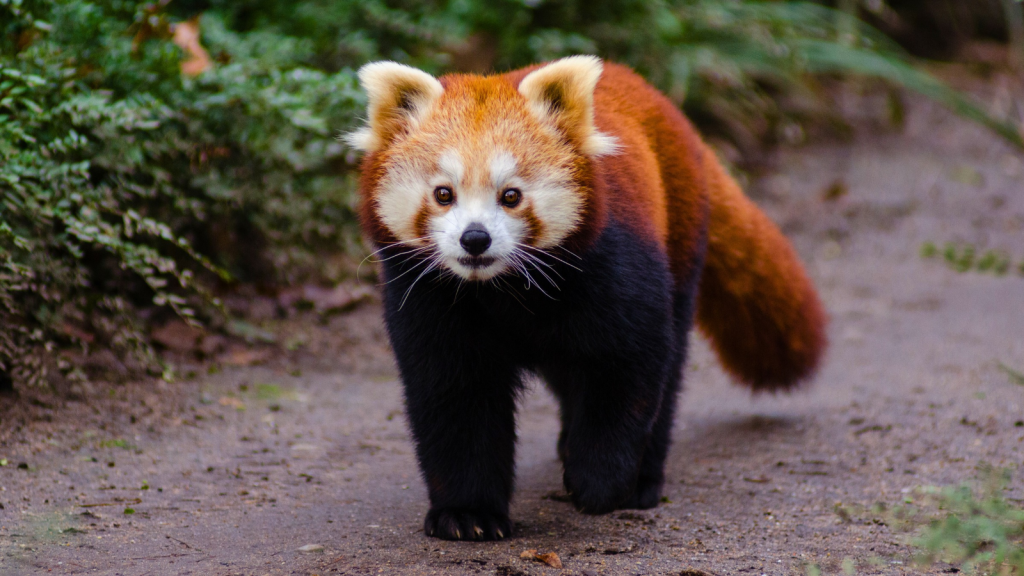
The popular web browser Firefox was named after the red panda. The original name for the browser was ‘Phoenix’, but due to trademark issues, they chose ‘Firefox’ – another name for the red panda. The browser’s logo, while stylized, is meant to represent a red panda wrapping around the globe.
They’re Endangered
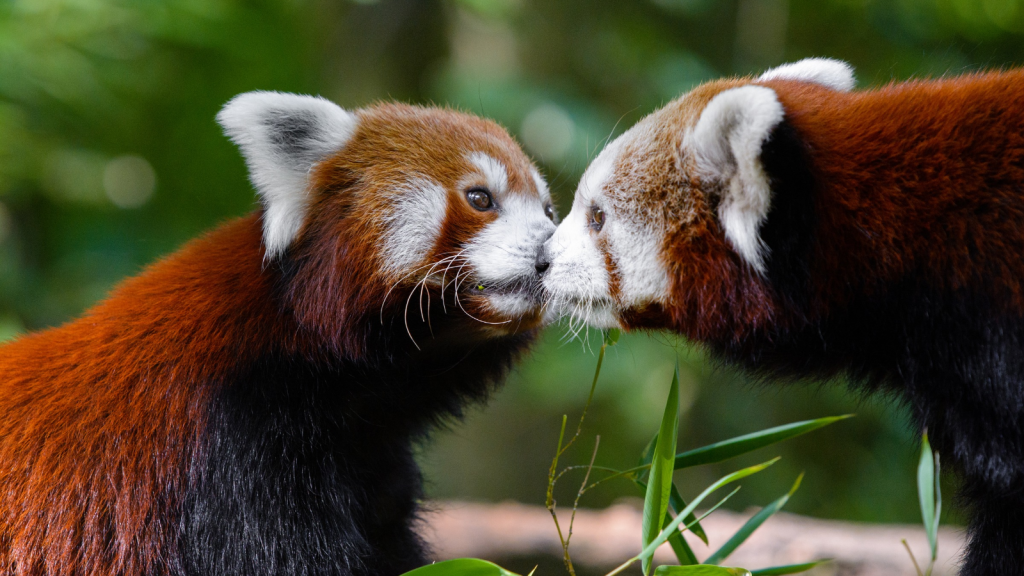
Sadly, red pandas are facing a tough time in the wild. Habitat loss and poaching have led to a significant decline in their population. There are thought to be fewer than 10,000 adult red pandas left in the wild, making conservation efforts crucial for their survival. Climate change is also a growing threat, as it affects the bamboo forests that red pandas rely on for food and shelter.
Becky is a fervent wildlife enthusiast and pet care expert with a diploma in canine nutrition. Her love for animals stretches beyond the domestic, embracing the wild tapestry of global fauna. With over a decade of experience in animal welfare, Becky lends her expertise to OutlandishOwl through insightful articles, captivating wildlife information, and invaluable guidance on pet nutrition. Her work embodies a deep commitment to understanding the intricate lives of animals and a passion for educating others on sustaining natural habitats. Becky's hands-on conservation efforts and her knack for translating complex dietary science into practical pet feeding tips make her an indispensable voice for creatures great and small.

